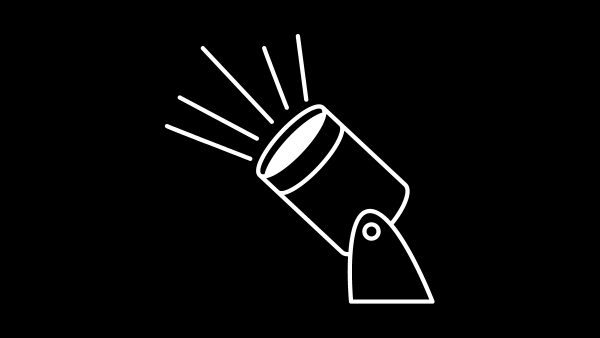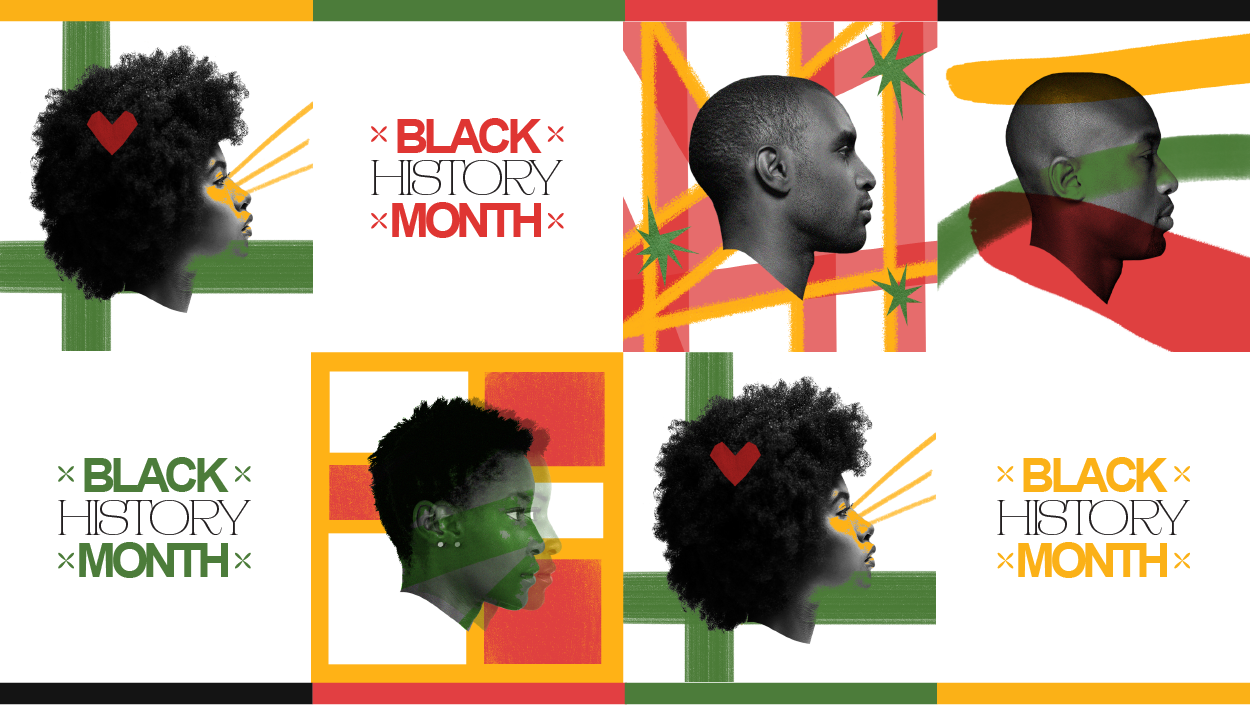Recent tragedies involving wildfires across the globe emphasise the need to adopt a more preventative approach using data and technology to improve predictive capabilities.
This Comment is part of our spotlight series highlighting the most engaging articles submitted to the Comment space on Circle from Fellows. If you have an article you'd like to share with the Fellowship, click the link to upload it now.
The sight of New Yorkers donning masks this summer, with its resonance of the pandemic, signalled a crisis.
On 7 June 2023, air pollution in New York was the worst of any city in the world, due in no small part to 400 wildfires blazing across Canada that had already burnt 8.15m acres of land, displacing 120,000 people.
Recent scenes from Hawaii only go to provide further evidence of the seriousness of this crisis, with the devastation of Lahaina and much of its heritage sites adding an additional layer of loss.
Unfortunately this is a situation that is only going to get worse. The United Nations Environment Programme (UNEP) predicts that extreme wildfires will increase by 30% by 2030, and that wildfires will become more frequent and intense.

Comment spotlight
Are you an RSA Fellow? Submit your original article to Circle and it could be featured as the next Comment spotlight.
Promoting prevention
Addressing this and mitigating the associated risks requires a recalibration of our approach. Traditionally the focus and funding – which is always a good indicator of where the priority is – has been on the response to wildfires.
A good example of this can be found in Canada. In 2021 – another hot summer – British Columbia spent US$600m on fighting forest fires. The current budget for wildfire prevention in 2023 is US$24m!
UNEP is rightly trying to promote the prevention agenda primarily through its ‘Fire Ready Formula’, which calls on governments to rebalance funding so that two-thirds are devoted to prevention and recovery, one third for response.
Any move to a more preventative approach will only work if we strengthen our predictive capabilities to anticipate and prevent wildfires before they escalate. It is this that underpins any decisions around prevention activity, the deployment of firefighting resources to areas of high risk and firefighting tactics during wildfires.
Early warning systems
The concept of the early warning system is well established in disaster risk reduction. The Sendai Framework includes an ambition for everyone to be protected by a multi-hazard early warning system by 2030. These systems typically include devastating climatic events such as tsunamis, storms and floods.
The last update in 2022 reported that only half of the countries were protected, and it is not clear any country has included wildfires in the list of anticipated events. To address this gap, it is critical that governments invest in the development of predictive capabilities, to include encompassing wildfire events in their early warning systems.
There is reason for optimism about this being achievable. We have a much better understanding of the risk factors for wildfires than ever before, and applying artificial intelligence techniques to data around weather, vegetation and population brings the potential to deliver high-quality predictions.
There are already some projects looking at this. The World Economic Forum’s Climate Technology Team is working with the Turkish Ministry of Forestry on developing a dynamic wildfire risk map; and academics at Stanford University recently developed a wildfire prediction system based on a machine learning framework that achieved an 86% success rate in predicting wildfires.
Prediction problems
However, challenges remain in integrating AI for wildfire predictions. Securing real-time, high-quality data from a mix of open source and proprietary datasets is a prerequisite. As is the need to ensure comparability across data classifications and complex algorithms that attach ‘weights’ to individual risk factors to provide an accurate prediction.
This requires government action. They need to convene partnerships with NGOs and the private sector, make public sphere data available in usable formats and fund the technological innovations required to make this work.
There is a cost to doing nothing. Simply responding to wildfires does little to negate the environmental and societal impacts. We must reimagine our approach and use data and technology to mobilise prevention with the same urgency as the call for help despatches the fire engine to the scene.
Andrew Morley advises on public safety issues and is currently working with PwC Middle East. He is a former UK senior civil servant who held posts across policing and justice.
Photo by Issy Bailey on Unsplash
Read the latest Comment articles
-
Ten ways to improve planning in the UK
Comment
Steve Newman
Steve Newman offers provocative propositions to modernise the planning system, create affordable and sustainable homes, and offer financial benefits to the government and local communities.
-
Black History Month: Q&A with I. Stephanie Boyce
Comment
Deborah Ajia
The first Black president of the Law Society discusses how she overcame the odds to rise to the top of her profession, and is now helping to drive social change as an RSA Fellow.
-
Keep dancing!
Comment
Barbara Berkeley-Hill
Age should be no barrier when it comes to dance. Barbara Berkeley-Hill discusses how dancing can help older generations feel younger, happier and more connected.




Be the first to write a comment
Comments
Please login to post a comment or reply
Don't have an account? Click here to register.